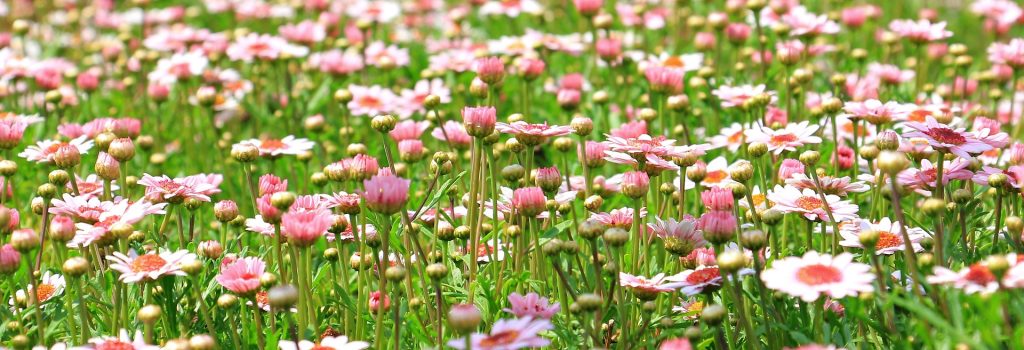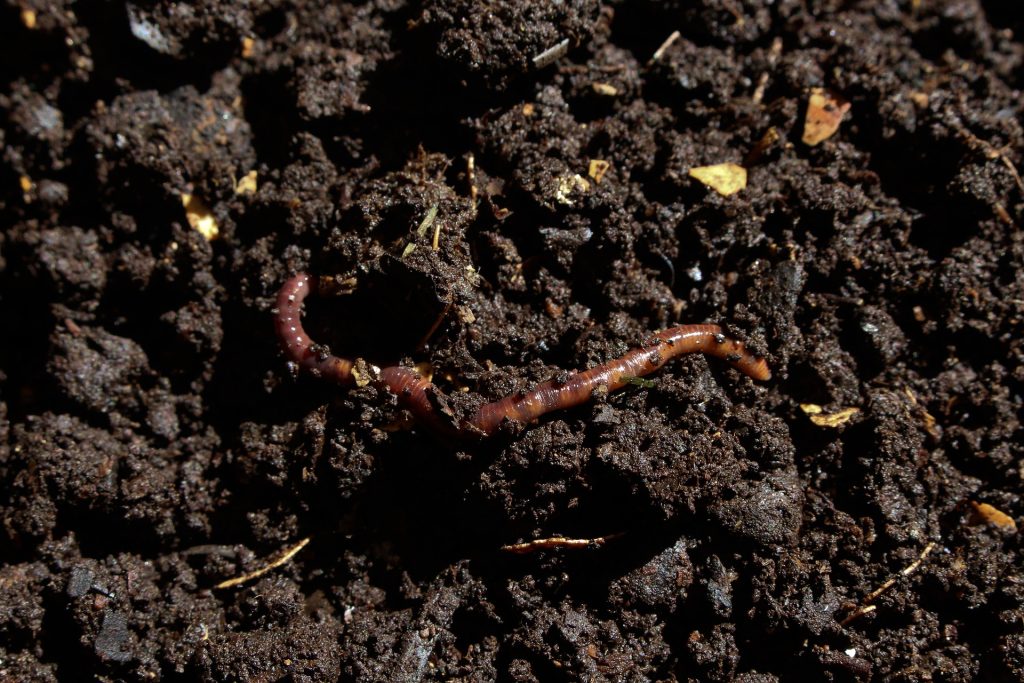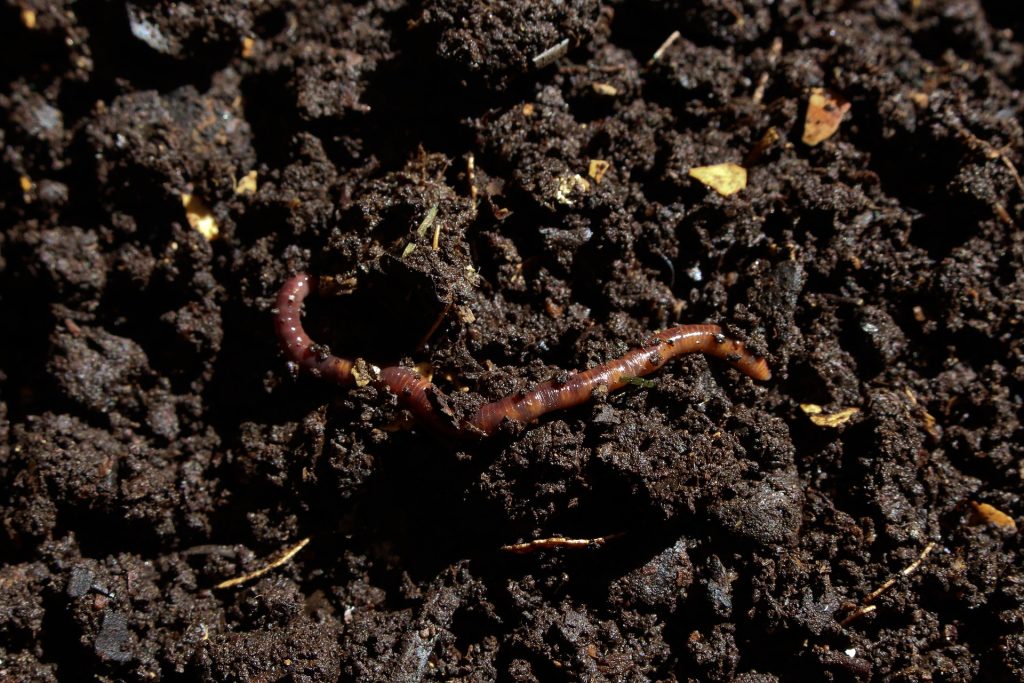Kari Lilja, TkT, Erikoistutkija; Sirpa Sandelin, TkT, Yliopettaja
English version Click the link
Laittaisitko kompostia sänkyysi? Keväällä en tiennyt, itkeäkö vai nauraa, kun luin niittykukkaseoksen ”asennusohjetta”. Ohje oli kirjoitettu ranskaksi, englanniksi ja suomeksi, ja kieliasujen perusteella ranska oli ohjeen alkuperäiskieli, siitä se oli käännetty englanniksi, vielä suhteellisen ymmärrettävällä kielellä, ja englannista suomeksi kaikesta päättäen automaattikääntäjällä, vaikka maahantuoja ja myyjä olikin taho, joka julkaisee mm positiiviseen ajatteluun rohkaisevia lehtisiä, kirjasia ym. hengentuotteita.
Ostajalla luulisi siis olevan oikeus luottaa siihen, että käyttöohjekin on laadittu huolella, tai että teksti on ainakin tarkastettu.
Mutta, mutta…

Image by NoName_13 from Pixabay
Otetaanpa pari esimerkkiä.
”Valitse istutuspaikka, joka saa vähintään kuusi tuntia suoraa auringonvaloa päivässä eikä ole taipuvainen seisovalle vedelle. Ruohoa istutuspatja.” Siis minkälainen paikan pitää olla, ja mitä pitäisi tehdä? Vilkaisu englanninkieliseen ohjeeseen antaa jo paremmat lähtökohdat: ”…a day and isn’t prone to standing water. Weed the planting bed.” Paitsi taipuvainen, prone on myös altis, viettävä, kalteva… Siis paikka ei saa olla altis seisovalle vedelle. ja istutusalusta pitää luonnollisesti kitkeä.
Vaan mitäs sanotte tästä: ”Hajota 8-10 tuuman maaperän kuokka, lapio tai ohjaustanko. Levitä 2 tuumaa kompostia sängyn päälle ja sekoita se löysään maaperään. Ravista sängyn pintaa tasaiseksi. Vedä alue perusteellisesti, jotta maaperän 8 tuuman yläosa on kostea.” Miksi minun pitäisi hajottaa kuokka, lapio tai ohjaustanko? Ja minkä ohjaustanko? Pyörän? Entä komposti sängyn päällä? Onhan se varmasti pehmeä ja tietyissä oloissa lämminkin, eikä seuraakaan puutu, sen takaavat miljoonat pikku ötökät, mutta se hygieenisyys minua arveluttaa.

nukkuisi. Image by Chesna from Pixabay.
Vilkaistaanpa taas todennäköistä lähdetekstiä. Spread 2 inches of compost over the bed and mix it in with the loosened soil. Rake the surface of the bed until it’s smooth. Water the site thoroughly so the top 8 inches of soil is moist. – Tuossahan käsketään levittämään kaksi tuumaa kompostia kasvualustalle ja sekoittamaan se möyhennettyyn maaperään, sen jälkeen pitää harata istutuspaikan pintaa, kunnes se on tasaisen möyheä ja kastella huolella niin, että 8 tuuman paksuinen kerros kasvualustan pinnasta on kosteata.
Hohhoijaa, ja hyvää yötä kaikki käännösohjelmien ja muun tekoälyn käyttäjät. Nukkukaa hyvin kastelluilla kompostivuoteillanne.
Tämä esimerkki tuskin tuotti kenellekään suurta vahinkoa. Tuotetta tilaavat ja käyttävät vain aktiiviset puutarhaharrastajat, jotka tuskin edes lukevat ohjetta. Mutta entä jos samanlaisia olennaisia virheitä livahtaa dokumenttiin, jolla on vaikutus jonkun terveyteen, uraan, tulevaisuuteen tai jopa elämään? Suomalaisissa korkeakouluissa on nykyään paljon kansainvälisiä opiskelijoita, osa samoilla ehdoilla kuin suomalaisetkin opiskelijat, osa itse opintonsa tai ainakin lukukausimaksunsa maksaen. Kielemme on kuitenkin hyvin pieni kieli, ja siksi asiointi kansainvälisten opiskelijoiden kanssa ja heidän opetuksensa tapahtuu valtaosin englanniksi. Korkeakoulujen hankkeet ovat usein kansainvälisiä ja hankkeen työkieli on silloin useimmissa tapauksissa englanti, ja tulokset julkaistaan englanniksi. Missään näistä tilanteista mikään konekäännös tai tekoäly ei korvaa puuttuvaa tai puutteellista kielitaitoa.
Kielitaitoiselle ihmiselle käännösohjelmat ja tekoäly sen sijaan ovat korvaamaton apuväline, kunhan tiedät, mitä teet.

Image by Anna from Pixabay
Seuraava englanninkielinen osa on käännetty Google-kääntäjällä. Sen jälkeen jokainen lause oli pakko lukea huolellisesti ja korjata. Joissain tapauksissa alkuperäinen käännös oli tulkinnut suomenkielisen lauseen tai sanan niin, että lauseen merkitys oli päinvastainen kuin alkuperäinen merkitys.
English version: Compost in the bed…
Would you put compost in your bed? In the spring, I didn’t know whether to cry or laugh when I read the ”installation instructions” of the meadow flower mixture. The instructions were written in French, English and Finnish, and based on the language usage it can be assumed, that French was the original language of the instructions, from which it had first been translated into English, in a still relatively understandable language, and from English to Finnish with an automatic translator, even though the importer and seller was a company that publishes e.g. leaflets encouraging positive thinking, booklets and other literal products.
The buyer should therefore have the right to trust that the user manual has been prepared with care, or that the text has at least been checked.
But, but…

Image by NoName_13 from Pixabay
Let’s have a couple of examples.
”Choose a planting site that receives at least six hours of direct sunlight per day and is not prone to standing water. Grass planting mat.” Thus, what kind of place should it be, and what should be done? Having a look at the instructions in English gives a better starting point: ”…a day and isn’t prone to standing water. Weed the planting bed.” In addition to tend toward, prone is also synonym for susceptible, sloping, inclined… Thus, the place must not be susceptible to standing water. and the planting area must of course be weeded out.
But how about this: “Break up a hoe, shovel, or handlebar of 8-10 inches of soil. Spread 2 inches of compost in the bunk and mix it into the loose soil. Shake the surface of the bed evenly. Pull the area thoroughly so that the top 8 inches of soil is moist.” Why should I break up the hoe, shovel, or handlebar? And what handlebar? Of a bike? What about compost on top of the bunk? After all, it’s certainly soft and in certain conditions warm, and there’s no shortage of company, millions of little bugs guarantee that, but the hygiene can be questioned.

Image by Chesna from Pixabay.
Let’s take another look at the text probably used as a source. “Spread 2 inches of compost over the bed and mix it in with the loosened soil. Rake the surface of the bed until it’s smooth. Water the site thoroughly so the top 8 inches of soil is moist.” – Here you are told to spread two inches of compost on the medium and mix it with the loosened soil, after that you have to hoe the surface of the planting site until it is evenly lumpy and water carefully so that an 8 inch thick layer of the surface of the medium is moist.
Cheers, and good night to all users of translation programs and other artificial intelligence. Sleep well on your well-watered compost bunks.
This example hardly caused anyone much harm. The product is ordered and used only by active garden enthusiasts who hardly even read the instructions. But what if similar fundamental errors creep into a document that has an impact on someone’s health, career, future, or even life? There are many international students in Finnish higher education institutions today, some on the same terms as Finnish students, some paying their own studies or at least their tuition fees. However, our language is a very small language, and therefore dealing with international students and their teaching mostly takes place in English. University projects are often international, and the working language of the project is in most cases English, and the results are published in English. In none of these situations can any machine translation or artificial intelligence replace missing or deficient language skills.
For a person proficient in languages, translation programs and artificial intelligence, on the other hand, are a valuable aid, if he only knew, what he is doing.

Image by Anna from Pixabay
This English part was translated with Google Translator. After that, each sentence had to be read thoroughly and corrected. In some cases, the original translation had interpreted the Finnish sentence or word so, that the sense of the phrase was contrary to the original sense.
Artikkeli on kirjoitettu Euroopan unionin rahoittamien Dig-Con, BA&VET ja Sustainabuild -hankkeiden puitteissa. Vastuu artikkelissa esitetyistä näkemyksistä on yksinomaan kirjoittajilla.
This article was written in the framework of the Dig-Con, BA&VET and Sustainabuild projects funded by the European Union. The sole responsibility for the views expressed in this article lies with the authors.

